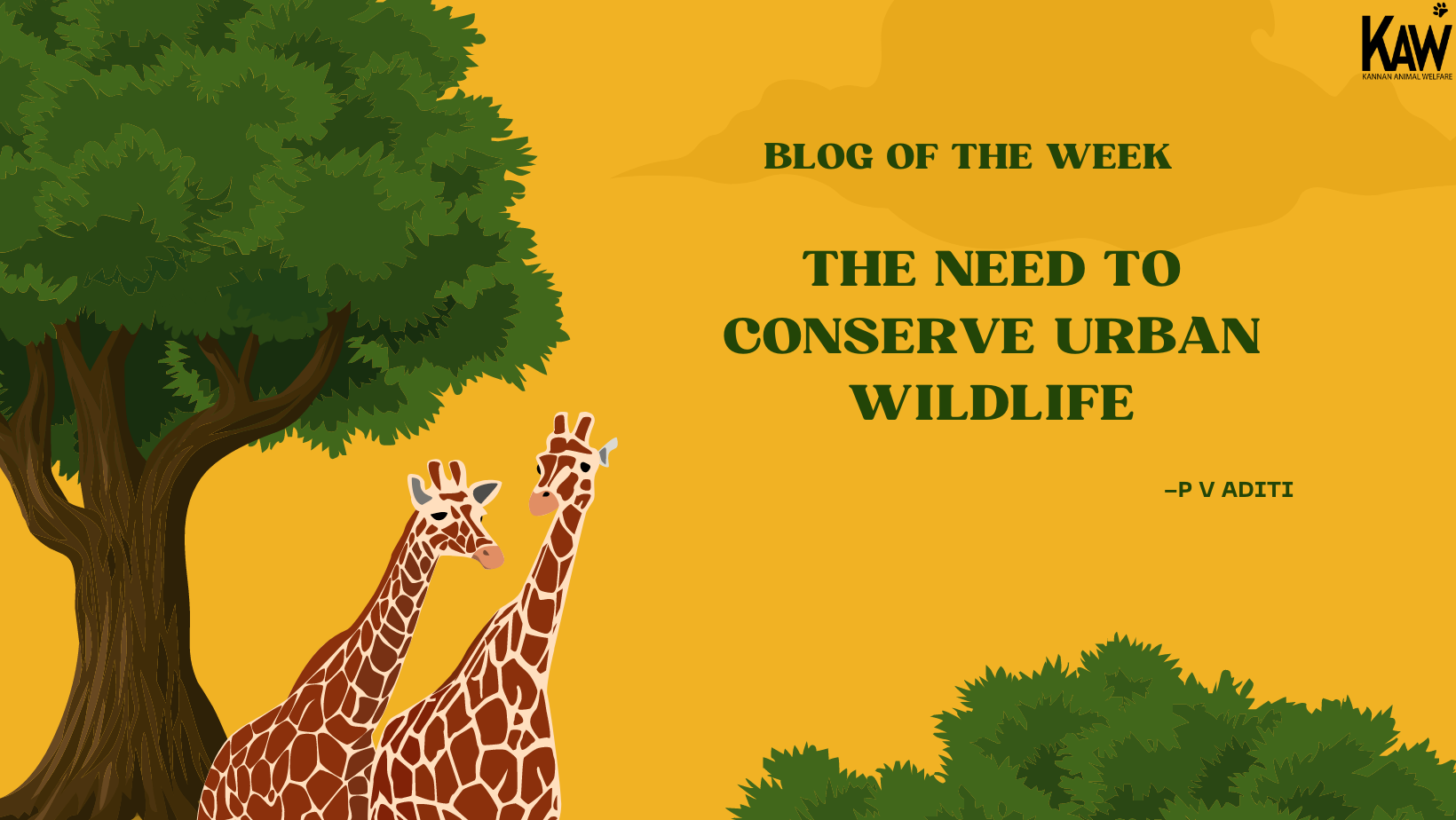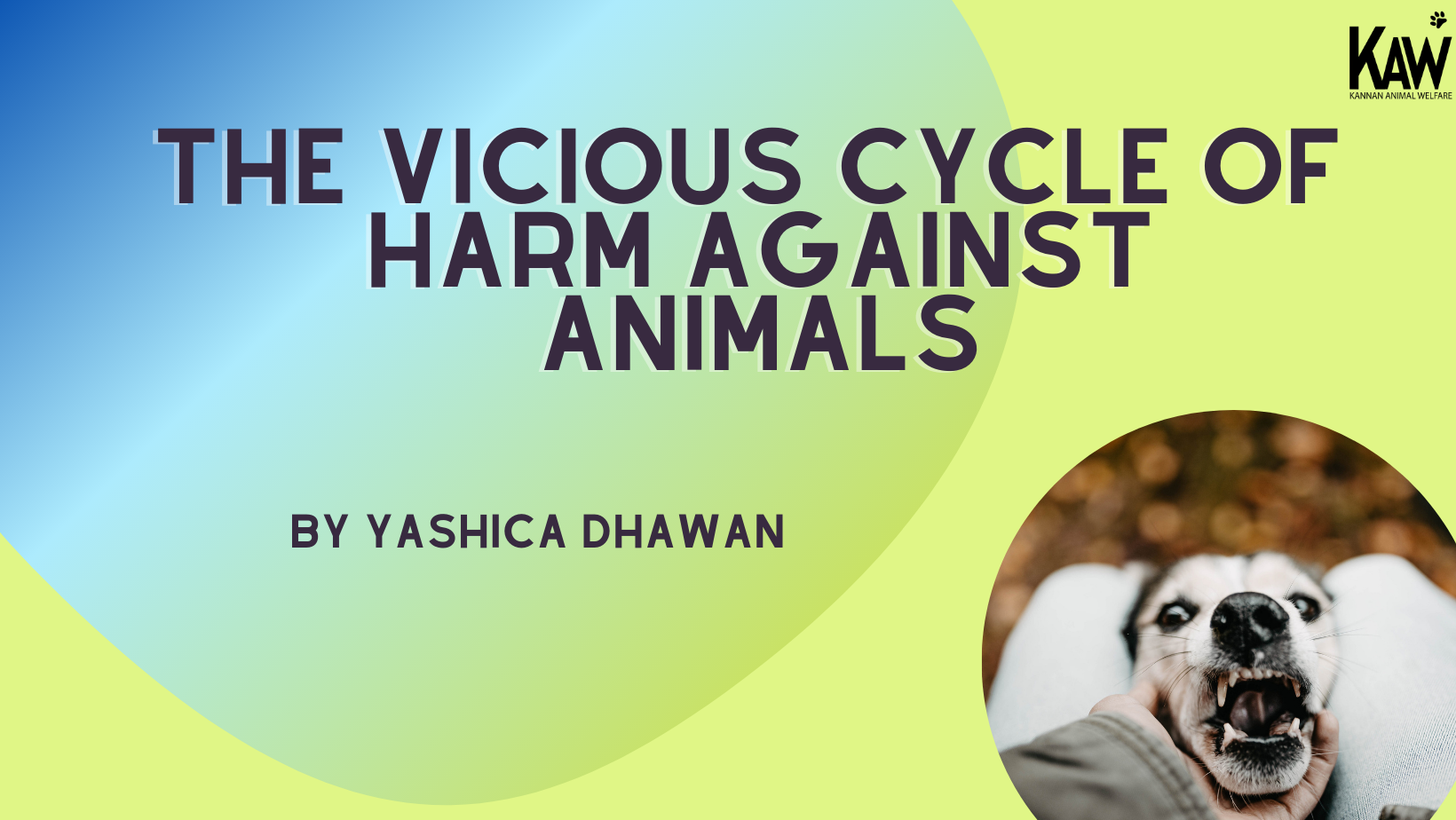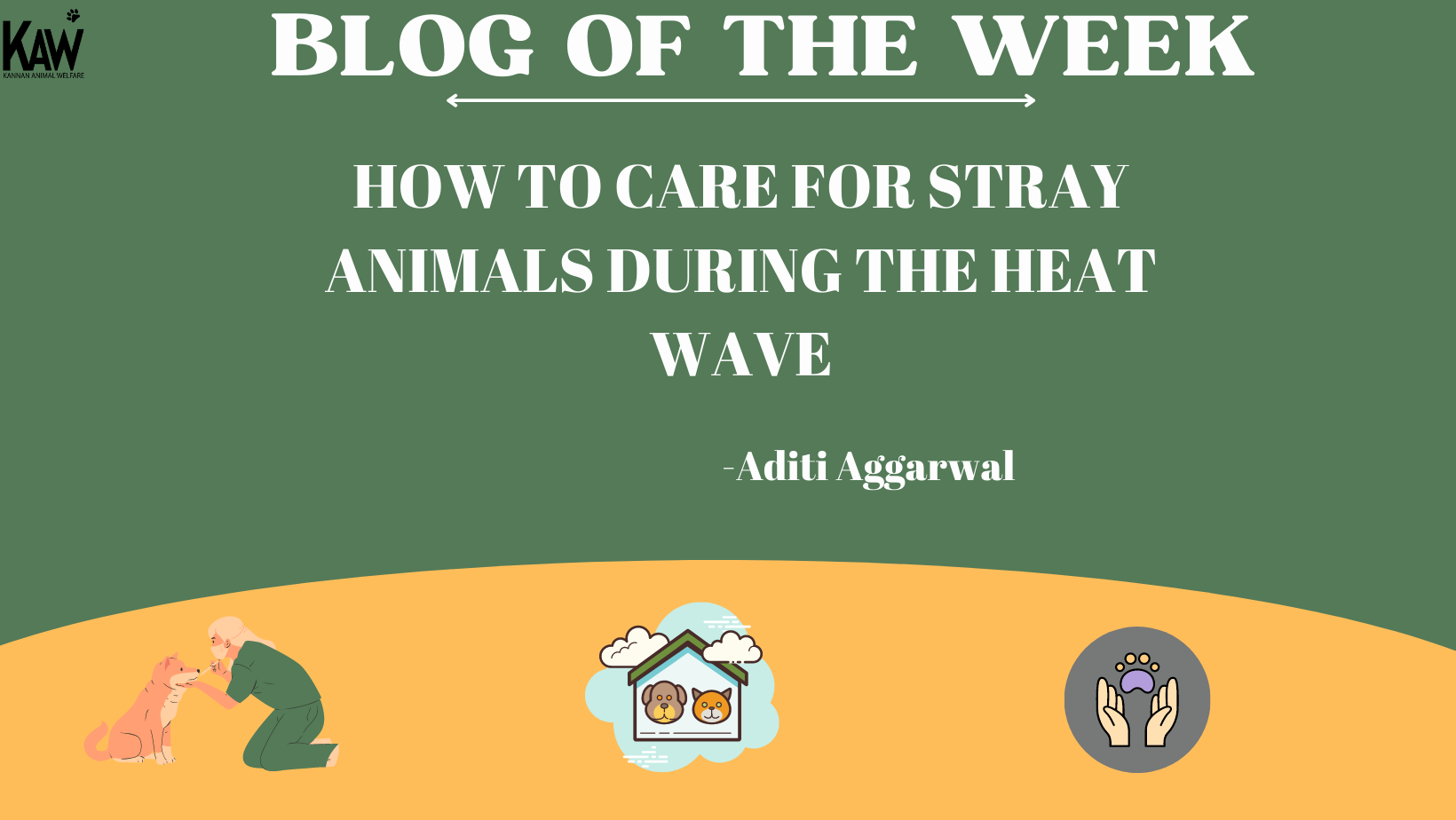Development is one of the most squeezing dangers to wildlife conservation and biodiversity. The capacity of individuals and wildlife to coincide is consistently tested in urban regions where collaborations between the two develop. On a more regular basis, wildlife is hurt or constrained out of their typical habitat. Tragically, in the U.S., furthermore, all over the planet, wildlife in urban regions is regularly viewed as an aggravation, bug, or danger to human wellbeing and security. We want creative answers for urban wildlife conservation to protect our natural world like never before. Cities are unquestionably not famous for their green spaces, nor is human presence a characteristic of characteristic heaven. However, numerous species have progressively adjusted to our counterfeit habitat, and
some of them are presently even synanthropic. In addition to the fact that these animals live close to human creatures, they likewise benefit from humans' habitat themselves. From a certain point of view, no particular species can't adjust or exploit human settlements. Penguins have attacked urban regions searching for food, monkeys dig through the trash in tropical areas, and mandrills are the ideal illustrations of Primate Commensalism. The versatile nature of numerous species has taken care of their nutritional requirements, yet while urban wildlife has been regularly safeguarded, their concurrence with individuals has its drawbacks.
Urban regions can add to conservation objectives in various ways. They can keep up with ecologically significant standard regions within urban development limits, and contain or coordinate development in manners that safeguard habitat in more provincial regions. Urban areas can advance "green" structures, lessening perils, for example, structures inclined to bird strikes. Accomplices can work cooperatively on fostering a green foundation in urban regions, which is an interconnected organization of safeguarded regular parts and elements intended to help local species, keep up with regular ecological cycles, support air and water assets, and add to the wellbeing and personal satisfaction in our networks. Urban inhabitants can be occupied with reclamation exercises at the terrace, neighbourhood, and watershed scales. Urban regions give gigantic chances to coming to and drawing in the general population in wildlife conservation endeavours both inside and past their nearby networks.
Cities offer an extraordinary test to support fish and wildlife species and habitats immature circumstances clamouring with human action, as well as an incredible open the door to draw in individuals with nature and add to a more considerable scope of conservation needs. While urbanized lands as of now have affected the present conservation, valuable open doors, and future urbanization probably will introduce further difficulties, a portion of Oregon's urban regions have put forth extraordinary attempts to contribute toward fish and wildlife conservation. Huge habitats have been saved through parks and greenspaces programs in spots like the Portland Metro district and the Eugene region, and wildlife species and habitat contemplations are progressively turning out to be essential for land use arranging processes and coming about development designs. Additionally, parks and green spaces can likewise, have the additional advantage of further developing property estimations and livability. The complete cluster of Oregon's amphibian and earthly habitats are found in urban regions, including oak woodlands and savannas, local grasslands and sagebrush, bottomland hardwood backwoods, coniferous timberlands, and other significant habitats.
Urban streams and riparian areas support salmon and trout and other local fish and a large group of creatures of land and water, reptiles, vertebrates, birds, and spineless animals. The most extensive runs of anadromous fish in the Pacific Northwest utilize the Columbia and Willamette Rivers, which go through urban regions, including the Portland Metro area. The Willamette River, which upholds numerous significant fisheries and wildlife species, likewise goes through Salem and Eugene. Securing and reestablishing these critical habitats and species in urban regions won't just assist with rationing Oregon's normal legacy. However, it will likewise give the esteemed biological system administrations to people in general. Urban regions play a significant part in risked species insurance and recovery. Many endangered plant and creature species happen in urban areas. For instance, the Eugene region fills in as a fortification for some governmentally recorded prairie species; as of late, the recorded Streaked Horned. Lark is found in urban and rural habitats. Probably the biggest populaces of delicately painted turtles are found in urban regions. The previously undermined, however, presently delisted Peregrine Falcon profited from utilizing fake settling structures, like scaffolds in the urban areas. Human-made habitats can likewise give critical habitats to wildlife in urban regions. For instance, green foundation methodologies, like safeguarding riparian passages and floodplains, building green rooftops, and laying out urban tree shade give natural and local area benefits.





